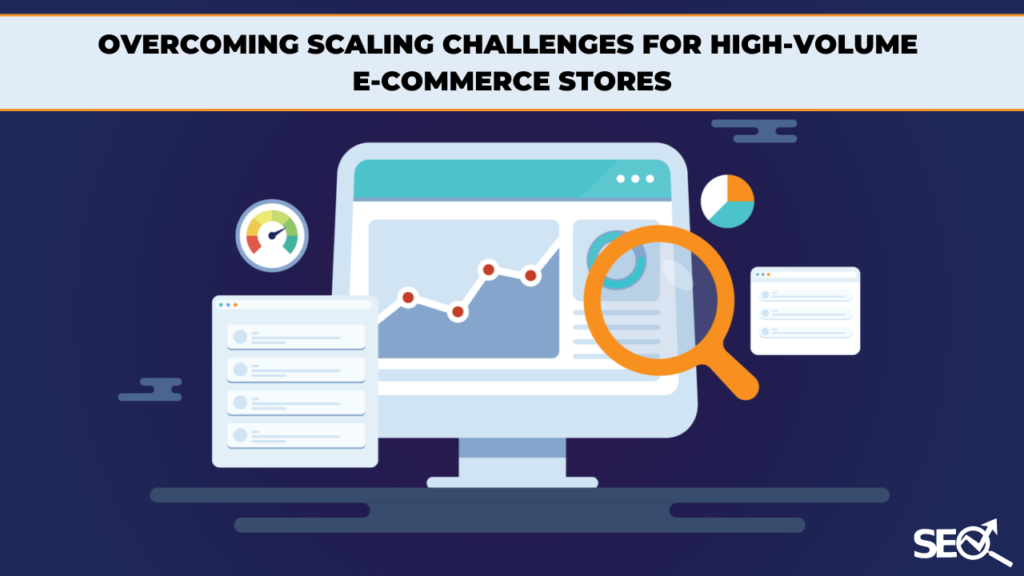
6. Overcoming Scaling Challenges for High-Volume E-Commerce Stores
As the e-commerce industry continues to grow, high-volume online stores face numerous challenges when it comes to scaling their operations to meet increased demand. From website crashes to poor customer service, these challenges can negatively impact the customer experience and harm the store’s reputation and future sales potential. In this article, we will explore seven major scaling challenges faced by high-volume e-commerce stores and how to overcome them.
1.Website Performance and Scalability
One of the biggest challenges faced by high-volume e-commerce stores is maintaining website performance and scalability as traffic increases. Slow page load times, crashes, and other performance issues can lead to frustrated customers and lost sales. To overcome this challenge, stores should invest in robust and scalable infrastructure, including high-performance servers, load balancers, and content delivery networks.
2. Data Management and Analytics
Data is critical to the success of any e-commerce store, and high-volume stores generate vast amounts of data. Managing and analyzing this data effectively is a major challenge, and poor data management can result in incorrect sales forecasts, poor product recommendations, and other issues. To overcome this challenge, stores should invest in robust and scalable data management systems, such as data warehouses and data analytics tools.
3. Inventory Management
Inventory management is a critical component of any e-commerce store, and it becomes even more important as sales volume increases. An inadequate inventory management system can result in stockouts, which can lead to lost sales and frustrated customers. To overcome this challenge, stores should invest in a robust and scalable inventory management system that can keep pace with growth.
4. Customer Service
As the number of customers grows, it becomes more difficult to provide high-quality customer service. Poor customer service can result in frustrated customers and negative reviews, which can harm the store’s reputation and future sales potential. To overcome this challenge, stores should invest in robust customer services systems and processes, such as automated response systems and chatbots, to ensure that they can handle increased demand.
5. Fraud Detection and Prevention
E-commerce stores are vulnerable to fraud, and as sales volume increases, so does the risk of fraud. To overcome this challenge, stores should invest in robust fraud detection and prevention systems that can identify and prevent fraudulent activity before it causes harm.
6. Payment Processing and Security
Payment processing and security are critical components of any e-commerce store, and it becomes even more important as sales volume increases. To overcome this challenge, stores should invest in robust payment processing and security systems, such as secure payment gateways and data encryption, to ensure that customer payment information is protected.
7. Shipping and Logistics
Shipping and logistics are critical components of any e-commerce store, and as sales volume increases, so does the complexity of shipping and logistics operations. To overcome this challenge, stores should invest in robust and scalable shipping and logistics systems and processes that can keep pace with growth.
In conclusion, scaling a high-volume e-commerce store is a complex and challenging process. By addressing the seven major scaling challenges faced by e-commerce stores, such as website performance and scalability, data management and analytics, inventory management, customer service, fraud detection and prevention, payment processing and security, and shipping and logistics, stores can ensure that they are well-positioned for success in the highly competitive e-commerce industry.


